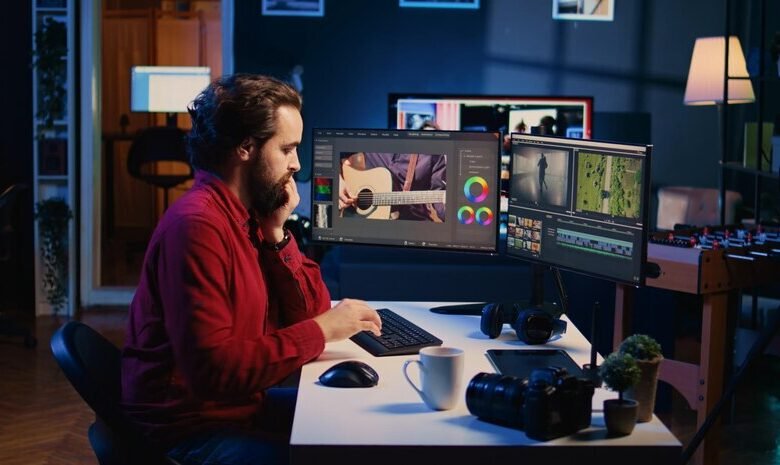The Art and Science of Image Editing: A Deep Dive into Color Grading

Introduction
Image editing is a vast and multifaceted field, encompassing various techniques to manipulate and enhance photographs. One of the most powerful and transformative processes in image editing is color grading. This article explores the art and science behind color grading, its impact on visual storytelling, and the tools and techniques used to achieve stunning results.
Understanding Color Grading
Color grading is the process of altering and enhancing the colors in an image or video to convey a particular mood, emotion, or narrative. Unlike color correction, which aims to fix issues and achieve a neutral, natural look, color grading is about creative expression and storytelling.
The Art of Color Grading
At its core, color grading is an art form. It involves understanding color theory, composition, and the emotional impact of different color schemes. Warm colors, like reds and oranges, often evoke feelings of warmth, excitement, or danger. Cool colors, such as blues and greens, can create a sense of calm, sadness, or tension.
Color grading artists use these principles to guide the viewer’s emotional response, creating visual harmony or contrast to support the narrative. For example, the vibrant, neon-drenched colors in the film “Blade Runner 2049” create a futuristic, otherworldly atmosphere, while the muted, earthy tones in “The Revenant” emphasize the harsh, unforgiving wilderness.
The Science of Color Grading
While color grading is an art, it also involves a deep understanding of the technical aspects of color. This includes knowledge of color spaces, bit depth, and the impact of different file formats and compression methods on image quality.
Color grading software, such as Adobe Lightroom, Photoshop, Adobe Express image editors or DaVinci Resolve, provides precise control over various parameters, including:
- Exposure and Contrast: Adjusting the overall brightness and contrast of the image.
- White Balance: Fine-tuning the color temperature to create warmer or cooler looks.
- Curves and Levels: Making precise adjustments to shadows, midtones, and highlights.
- Hue, Saturation, and Luminance (HSL): Targeting and adjusting specific colors in the image.
- Split Toning: Applying different colors to the shadows and highlights.
Tools and Techniques
Color grading tools range from simple sliders to complex, AI-powered features. Some popular techniques include:
- LUTs (Lookup Tables): Pre-defined color transformations that can quickly apply a specific look to an image.
- Color Wheels: Interactive tools for adjusting the hue, saturation, and brightness of different tonal ranges.
- Masking and Selective Adjustments: Isolating and adjusting specific areas of an image based on color, luminance, or manual selections.
Conclusion
Color grading is a powerful and transformative process in image editing, combining artistic vision with technical precision. Whether you’re a photographer, videographer, or graphic designer, mastering color grading can elevate your work, allowing you to tell compelling visual stories.
As with any creative endeavor, the key to successful color grading is practice and experimentation. By understanding the principles of color theory, exploring the capabilities of your software, and continually refining your skills, you can unlock the full potential of your images.
In the world of image editing, color grading is not just a tool; it’s a language. And like any language, the more fluently you speak it, the more eloquently you can express your unique vision.




